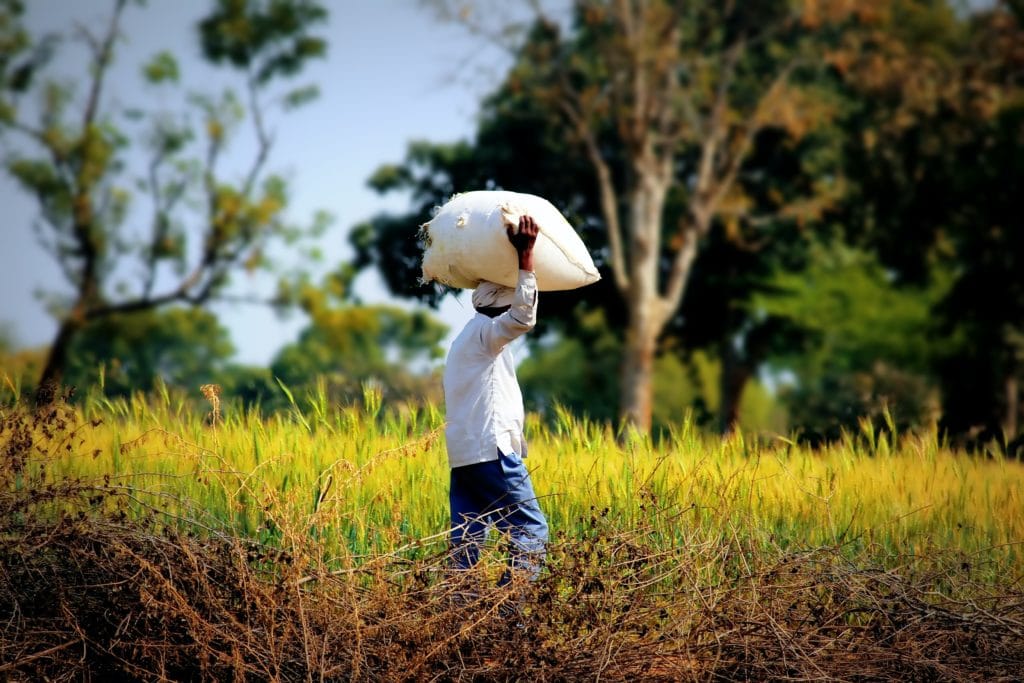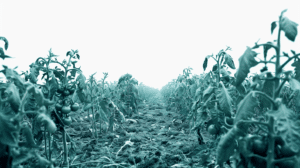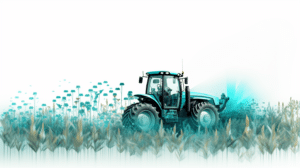Smallholder farmers across the developing world have largely fallen short of their full potential despite several advancements made in agricultural science and related technologies. Issues like climate change, soil degradation, and water constraints will present greater uncertainty and aggravate the situation.
To cope and thrive, smallholder farmers need access to the ecosystem of products and services, as well as know-how and intelligence. Most of these things are already available to commercial farmers; unfortunately, in the smallholder context, there are still fundamental challenges in establishing the baseline, without which it is impossible to have robust and practical objectives and a framework for development.
Overcoming smallholder challenges
With greater connectivity, rising adjacent technologies, and more affordable mobile devices, it has become easier to capture data from remote small farms. This is the key to building a data infrastructure that can unlock access to markets and already available technologies. We at Agritask have partnered with several agricultural stakeholders working toward such goals. Let us share some lessons learned through these experiences:
Establishing the baseline:
The first step in most exercises is to capture data that will serve as the cornerstone for program planning and execution. It is simply impossible to take action without knowing “who grows what, where, when, and how.” Agronomic data such as farm locations, crop types, growing seasons, soil, water sources, farming practices, historical yield, and more is fundamental. In addition, there are other important parameters for development planning from social and economic perspectives. These include:
- Social characteristics such as gender, number of dependents, literacy, and numeracy, and access to electricity.
- Financial inclusion: such as access to credit, savings, insurance, and mobile payments.
- Market linkages such as farm inputs sources, harvest buyers, logistics, and others.

Each project is different, reflecting local requirements and the level of existing information, which must be taken into account when carrying out such surveys. In many cases, historical climate data, soil taxonomy, or land use classification is available even at a coarse resolution. Agritask enables clients to easily access all available data. By juxtaposing new and existing data, comprehensive agronomic profiles can be generated at the plot level. Leveraging Geographic Information Systems (GIS) delivers the ability to build frameworks for visualizing, manipulating, and analyzing this data. This usable, organized data infrastructure allows stakeholders to assess needs and plan the objectives and framework of developmental programs.
Dynamic monitoring:
As factors affecting crop production are constantly changing, mechanisms must be in place to keep track of such changes.
There are lots of moving pieces in farming – within a season, from one season to another, or as part of broader trends in new practices and local preferences. This means that data infrastructure needs to support frequent updates and modifications. One way is to automate data capture on an ongoing basis – for example, through satellites and weather stations. Fortunately for farmers, adjacent technologies such as high-resolution imagery and sensors have become increasingly available and affordable. In the vast majority of cases, however, we still find that several data points are still best captured via “human sensors.” Ideally, smallholder farmers or persons closest to them can use mobile devices to digitally capture data, which can then be automatically updated and processed in the broader infrastructure in real-time. In turn, they receive data-driven feedback which assists them in the decision-making of daily crop management. In practice, some fundamental barriers such as literacy and access to mobile devices exist for many smallholder farmers, and some level of extension service operations is still required.
Regardless of users, digital tools can be used to quality-control field operations by increasing efficiency, improving quality, and ensuring integrity. They decrease the time and resources used to collect and process data. Human errors are also reduced through automatic calculations and processing, and alerts can be generated for outliers and other irregularities. In the fields, mobile applications can be used to simplify data collection and minimize manual input through a selection of multiple choices and using foolproof features.
Real-time feedback can be given based on input data, including the interactions between various parameters. For example, the risk of certain diseases can be estimated based on temperature, humidity, and last crop protection measures and timing.
Making use of agronomic data:
One data infrastructure can enable the delivery of multiple products and services.
Numerous and varied stakeholders are involved in different aspects across the smallholder ecosystem. Fortunately, many products and services for farmers are driven by the same data sets, viewed through different lenses. It often comes down to environmental conditions and farming practices that affect crop production. By going digital, available data can be automatically processed, analyzed, and visualized for various uses, benefiting multiple stakeholders. Some examples include:
- Governments/NGOs: Access to smallholder data will enable these organizations to provide more accurate and effective extension services. These include more coordinated development plans and climate-smart agriculture, which increases smallholder resilience to climate change and food security issues.
- Agricultural buyers: With access to data on yield and quality, buyers will be able to plan their sourcing more effectively. In addition, with effective monitoring of farming practices, they can better ensure that sourcing is done responsibly and better yet, that there is a mechanism in place to ensure that sustainable farming is rewarded.
- Farm inputs sellers: Sellers can plan more suitable products and provide more targeted support given environmental conditions and local preferences. In addition, they can better plan their own supply chain and logistics operations.
- Financing and insurance providers: Providers can better assess agri risks associated with financial offerings, a core element of product design and pricing. Combined with increasing digital payment options, more farmers can have access to financial products.
Ultimately, visibility into the fields at lower costs addresses a lot of market failures associated with smallholder farmers. The costs associated with data collection and processing can be greatly reduced. A centralized view of data enables easy clustering of many small farms together to achieve a scale necessary to justify market entry. This puts more smallholder farmers on the map in a commercially sustainable way.
Summary
The benefits empowered by AgTech have the potential to help hundreds of millions of smallholder farmers to access the market systems, know-how, and intelligence. This increases their production potential and resilience. They also increase business opportunities for stakeholders by significantly expanding their market reach.
Agritask was founded with the mission to enable farmers to benefit from precision agriculture, regardless of their starting points. The system architecture was designed to support large-scale deployments among a wide variety of different farmers with data collection and analysis down to the plot level, from day one.








